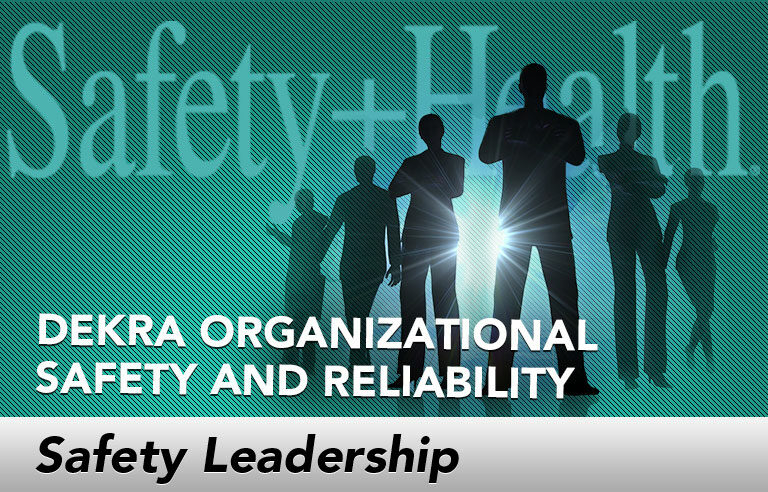Safety Leadership: 8 principles for smarter metrics

Editor’s Note: Achieving and sustaining an injury-free workplace demands strong leadership. In this monthly column, experts from global consulting firm DEKRA Insight share their point of view on what leaders need to know to guide their organizations to safety excellence.
The era of Big Data has revived hopes that we will at last find the “holy grail” of safety – the lone indicator that unlocks safety performance. Unfortunately, this goal fundamentally misunderstands the dynamic nature of leading measures. Leading (versus lagging) indictors are forward-looking. They seek to predict what will happen and are therefore subject to variation, from the impact of behavior to changes to the safety environment. Rather than try to condense safety metrics, leaders can broaden their view of performance and profoundly change the discussion by becoming fluent in the principles that define great metric selection and use.
The meaning of measures
By definition, metrics are simply any set of observations that quantitatively reduce uncertainty. The measures we choose communicate what we value as organizations and how we define success. That a topic is represented on a dashboard conveys its value, but, just as importantly, how something is measured communicates volumes. For example, one company highlighted every lost-time incident – a reasonable but flawed approach because it gave every incident equal attention, even the one in which a person threw out their back while reaching for a pen. Alternatively, near misses, even those with the potential to be fatalities, were not similarly emphasized, creating a warped perception of the organization’s value for safety.
The Campbell Institute at the National Safety Council stresses that leading measures should be valid, actionable and easy to communicate. Valid means the indicator occurs before the incident and is statistically correlated with outcome measures. Actionable measures position the organization to intervene and actually reduce exposure. A measure that’s easy to communicate makes it understandable and applicable to those in harm’s way.
Here are eight principles for making your measures valid, actionable and easy to communicate:
This article represents the views of the author and should not be construed as a National Safety Council endorsement.
 Michael Mangan, Ph.D., is vice president of research and development for DEKRA Insight. His work helps organizations understand performance and design interventions for improvement.
Michael Mangan, Ph.D., is vice president of research and development for DEKRA Insight. His work helps organizations understand performance and design interventions for improvement.
Post a comment to this article
Safety+Health welcomes comments that promote respectful dialogue. Please stay on topic. Comments that contain personal attacks, profanity or abusive language – or those aggressively promoting products or services – will be removed. We reserve the right to determine which comments violate our comment policy. (Anonymous comments are welcome; merely skip the “name” field in the comment box. An email address is required but will not be included with your comment.)

